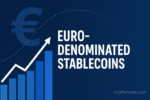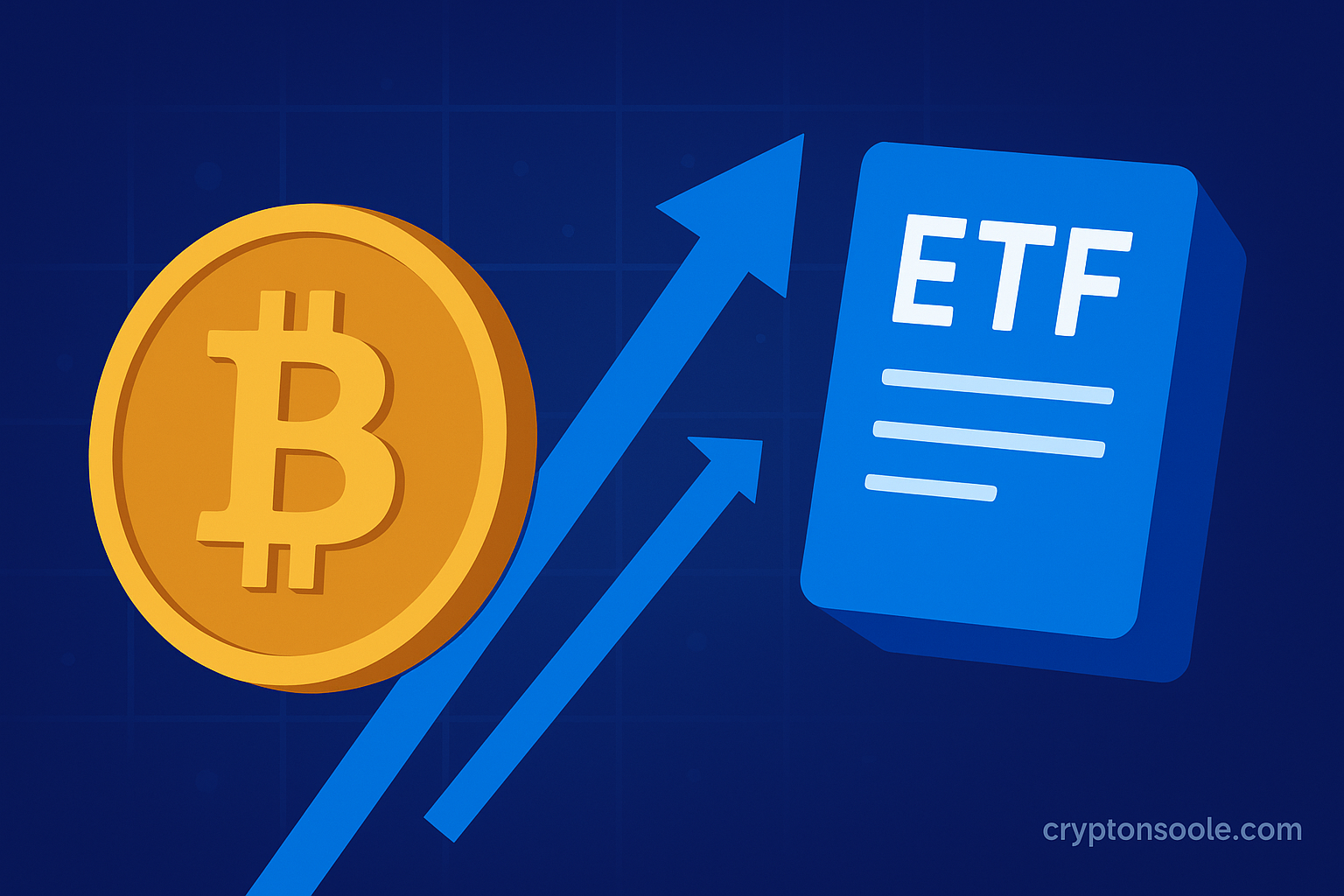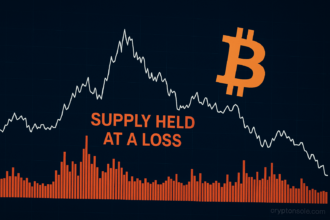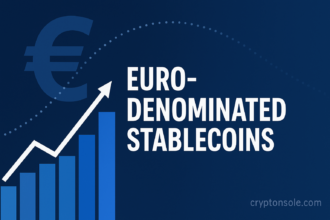Traditional asset-management giant T. Rowe Price (founded in 1937) has filed to launch an actively managed cryptocurrency ETF, marking a significant entry into the digital-asset space for the firm. According to Nate Geraci, President of The ETF Store, the filing is “highly significant” given T. Rowe Price’s size — roughly $1.8 trillion in assets under management — and the fact that the firm only began offering ETFs in 2020.
What the filing reveals
- The firm has submitted paperwork to launch an actively managed crypto-asset ETF.
- T. Rowe Price currently manages about US$1.8 trillion in assets globally.
- The firm entered the ETF market in 2020 — meaning it is relatively new to the ETF industry despite being decades old in asset management.
- Nate Geraci described the development as “a major milestone” for the traditional investment-management sector’s engagement with crypto.
Why this matters
- Institutional validation: A firm of T. Rowe Price’s stature entering the crypto ETF field signals growing acceptance of digital assets in mainstream finance.
- Active management angle: Unlike passive index-basedq crypto funds, an actively managed ETF suggests the firm intends to make strategic decisions about asset selection, timing and portfolio construction, which may appeal to institutional or high-net-worth investors seeking professional oversight.
- Competitive landscape: The move adds another player to the growing roster of crypto-ETF issuers, increasing competition and possibly accelerating product innovation, fee wars or new asset-structures.
- Regulatory implications: As traditional asset managers push into crypto ETFs, regulators will likely scrutinise product governance, custody, independent oversight and disclosure standards. T. Rowe Price’s institutionalz credibility may help set higher-industry benchmarks.
- Bridge for existing clients: Many of T. Rowe Price’s advisors and clients may now have access to crypto-exposure through familiar distribution channels, possibly lowering barriers for adoption.
Risks and considerations
- Regulatory uncertainty: Crypto ETF regulation remains evolving; approval is not guaranteed and changes in policy (in the U.S. or elsewhere) could impact product viability or structure.
- Active vs passive strategy risk: Active management introduces manager-risk — performance depends on decision-making, timing and asset selection rather than merely tracking a benchmark.
- Volatility and asset classification: Digital assets remain volatile and subject to regulatory, technological and macro-economic risk; an actively managed crypto ETF will carry all of those inherent risks.
- Client alignment and education: Existing clients accustomed to traditional asset classes may need education about the risk-reward profile, custody implications and operational differences of crypto investments.
What to watch next
- SEC filing details: The ETF’s prospectus, structure (e.g., what crypto asset(s) will be included, how active management will work, fee structure) will reveal how aggressive or conservative the strategy is.
- Approval timeline: Whether the product receives rapid approval (which would signal regulatory comfort) or stalls (which may reflect lingering concerns).
- Pricing and fee structure: Whether T. Rowe Price positions the fund competitively relative to other crypto ETF providers.
- Client uptake and flows: How much investor capital initially enters the fund, and whether it attracts existing institutional/advisor networks.
- Product extensions: Whether T. Rowe Price will launch additional crypto-asset variants (e.g., multi-asset digital-asset ETFs, active staking exposure, alternative-crypto inclusion) once the first fund is live.
Bottom line
T. Rowe Price’s filing for an actively managed cryptocurrency ETF marks a significant structural step in the evolution of crypto investment — from boutique specialist products to mainstream asset-management houses offering digital-asset exposure. For clients of legacy firms and advisors alike, this may represent a more familiar bridge into crypto. But the success of this initiative will depend on regulatory approval, client adoption and the efficacy of active strategies in a volatile digital-asset environment.
4DYBCBWD












